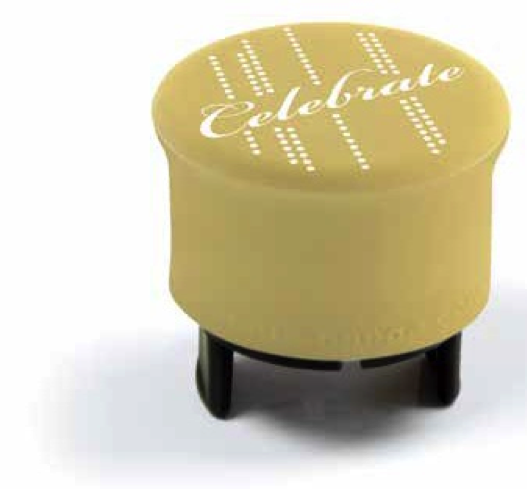|
Most winery executives know their direct-to-consumer (DtC) sales numbers and probably their tasting room traffic count, the size of their wine club and/or average dollars spent per tasting room visitor. All this information is interesting and important, but it is not actionable. For example, knowing the number of dollars spent per visitor year over year is interesting to track: If you sold $84 per visitor last year, and this year you are only selling $61 per visitor, it is worrisome. But these metrics do not tell you how to improve tasting room sales. To get to that, you have to dig in to the meat of your metrics. We’ve divided them into the following levels of data:
Level 1—Surface Data: This is what most executives can usually report on without much effort—their dollars and case sales, DTC percentage of total and growth rate.
Level 2—Interesting Data: This is the next step, and it includes the number of club members, the size of your mailing list, traffic (dollars per visitor) and payroll (labor expenditure as a percentage of sales). In our experience, most winery executives stop monitoring metrics beyond Level 2 when it comes to DTC sales.
Level 3—Actionable Data: This is where the meat is. It is where the truth lies about why your DTC business may be lagging as well as the prescription for how to improve it. This information includes the WISE “triple score,” which is made of three critical conversion rates:
1. What percentage of people that come in your door do you sell wine to?
2. What percentage do you sell wine club memberships to?
3. What percentage do you capture contact data from?
Add in the sales average order value (AOV) and critical wine club realities (percent shipped, percent attrition, numbers per employee), and you have the complete sales picture. Now you know where to focus for improvements. Have a look at your data and break out the conversion rates for your orders as well as the average order size.
If conversion rates are low, there are usually three main reasons why. Some managers will use the excuse that they are not getting quality customers; this is usually not the reason. Do your team members realize that sales are part of their job?
Often team members don’t realize that along with great hospitality, brand-appropriate sales are part of good service and their job. The second common reason conversion rates are low is either there isn’t a priority for sales or the team has a lack of confidence in asking for the sale. The third common reason could be an ineffective compensation program.
Now, if your conversation rate is high but your average order size is low, there is a different way to correct the problem; this is why it’s important to poke at the numbers. If the average order size is low, the reason could be the programs you've got in place. For example, do you waive tasting fees with the purchase of a bottle? You may need to make the purchase of three bottles the level at which you waive tasting fees. With low AOV, have a look at your incentive-to-buy programs, test them and watch your AOV. Keep adjusting until you find that sweet spot!
People RESPECT what you INSPECT, so let’s start inspecting the metrics that are actionable. These are the numbers—the ones we poke at—that your team will be sure to focus on. It is a lot easier to make the right resource allocation decisions when we exam our actionable data. Are you measuring what matters?
Source: WISE Academy,
www.wineindustrysaleseducation.com
|
|
Growlers refilling OK for two states
Texas and Oregon are allowing retailers to sell wine in refillable growlers. Learn more about the movement here.
Reusable capsule for your opened bottle
of wine
CapaBunga, a capsule that looks like a barrel bung, is a new idea that makes sense for tasting room managers who need to save open bottles for a second day. The capsule is made from the same material (silicone) used for bungs that seal oak barrels when wine is aged. Find more information here.

How effectively are you communicating
with club members?
I belong to several wine clubs, and I must admit that most of the time shipments arrive without any communication. Too many times the winery misses a great opportunity to remind me of the moment I visited their winery. Wine Country Lifestyle magazine helps wineries maximize their marketing communication by personalizing a publication with their winery’s custom content. Geyser Peak winery in Sonoma has already taken advantage of the program. Read more here.
Sonoma State offers
‘Starting a Winery’ course
UC Davis has the Wine Executive Program, which helps newcomers to the wine industry understand the many layers of starting and owning a winery. Now Sonoma State University’s Wine Business Institute is offering an eight-week series of seminars as part of their Wine Entrepreneurship certificate program. Learn more here.
Cheers,
JB
Please send suggestions to trf@winesandvines.com
Jacques Brix is vice president and director of sales, West Coast, for Wines & Vines. This column is based on his personal experiences at winery tasting rooms and events.
|






